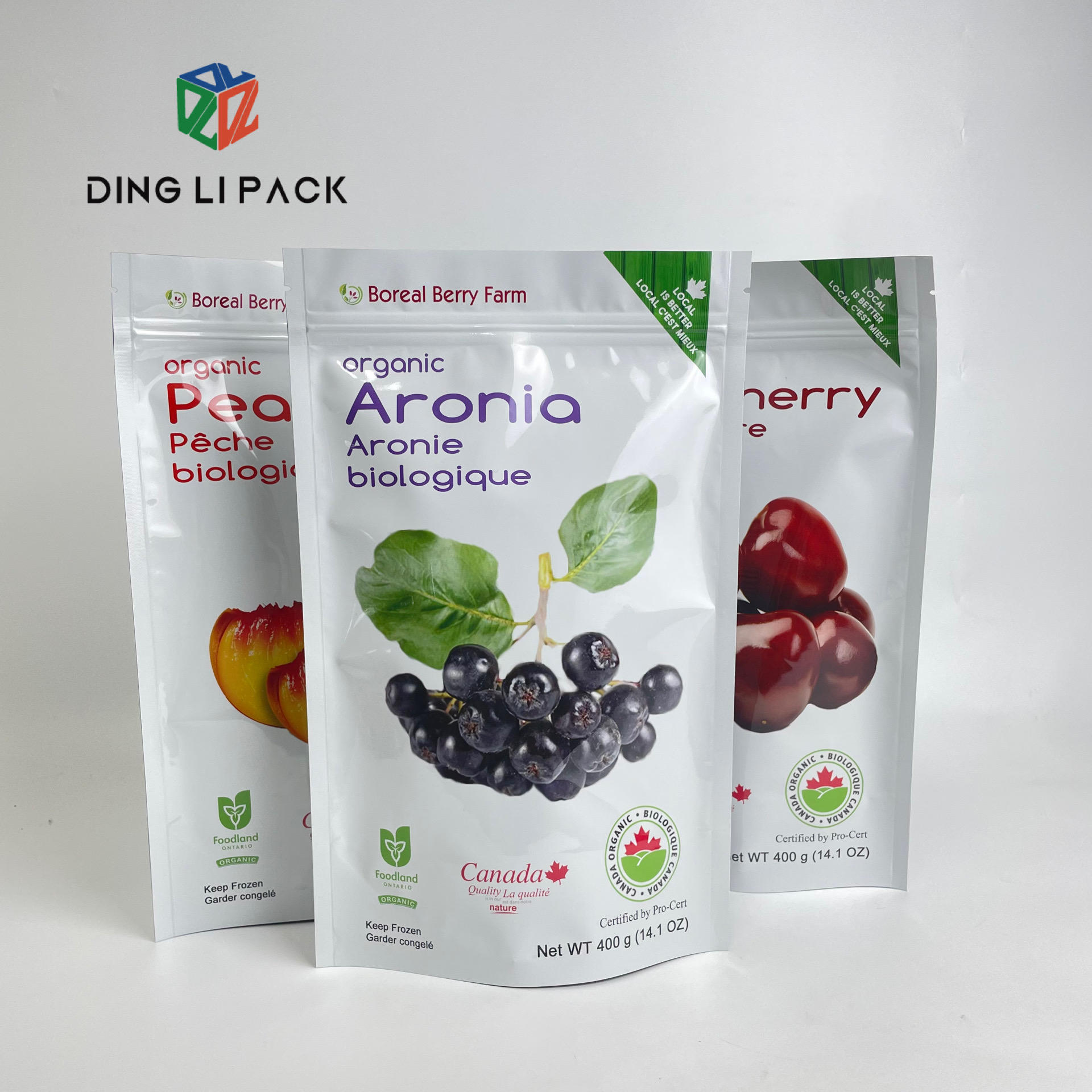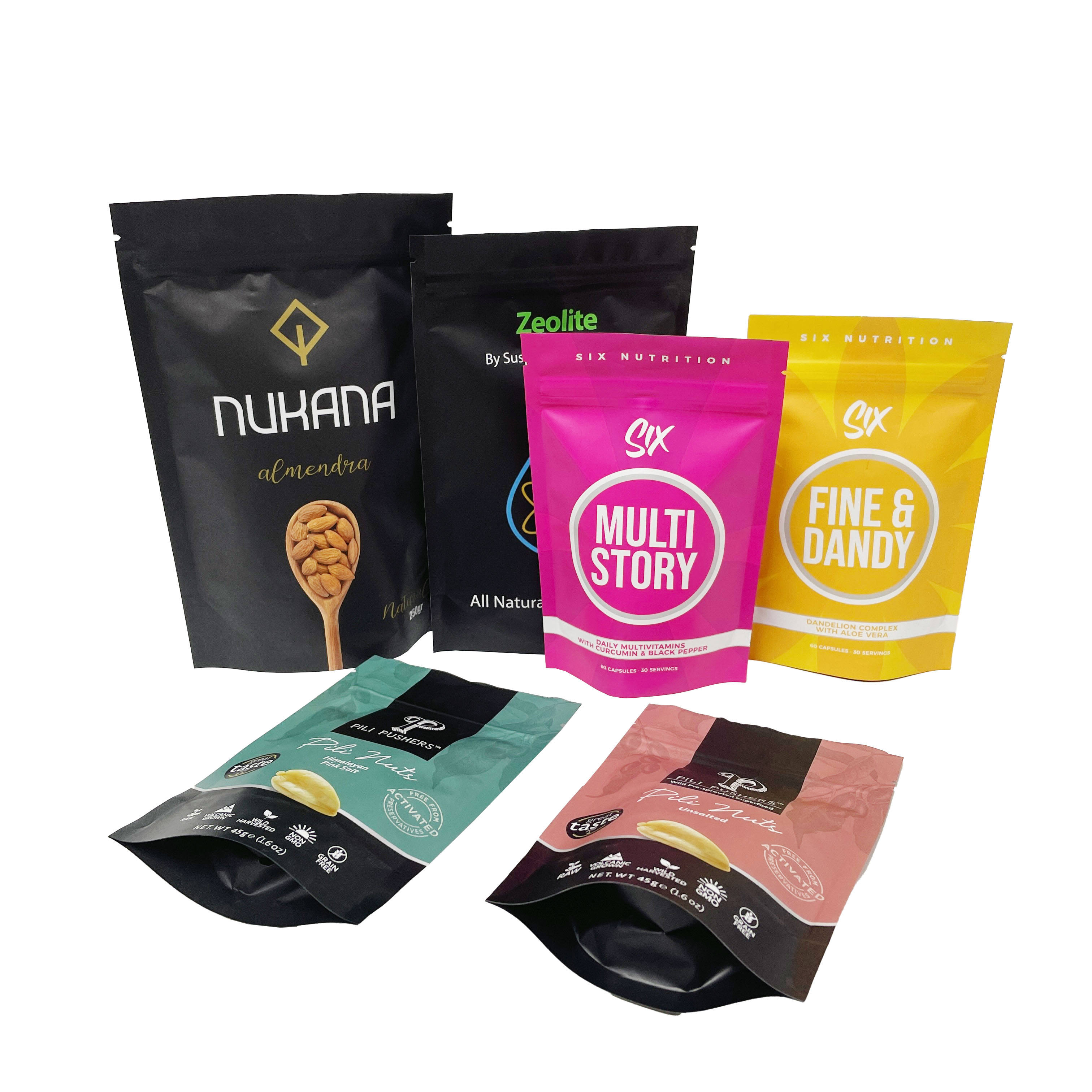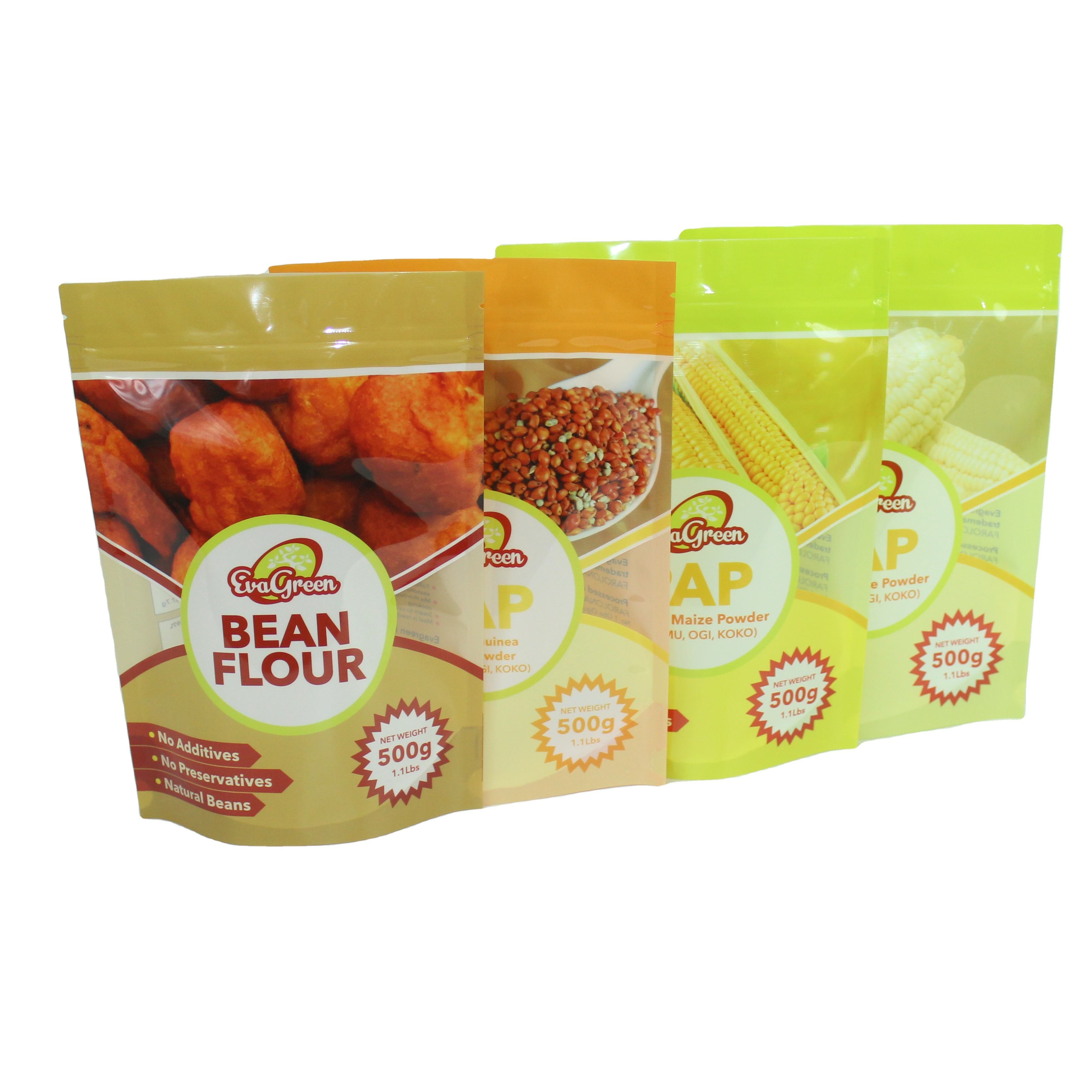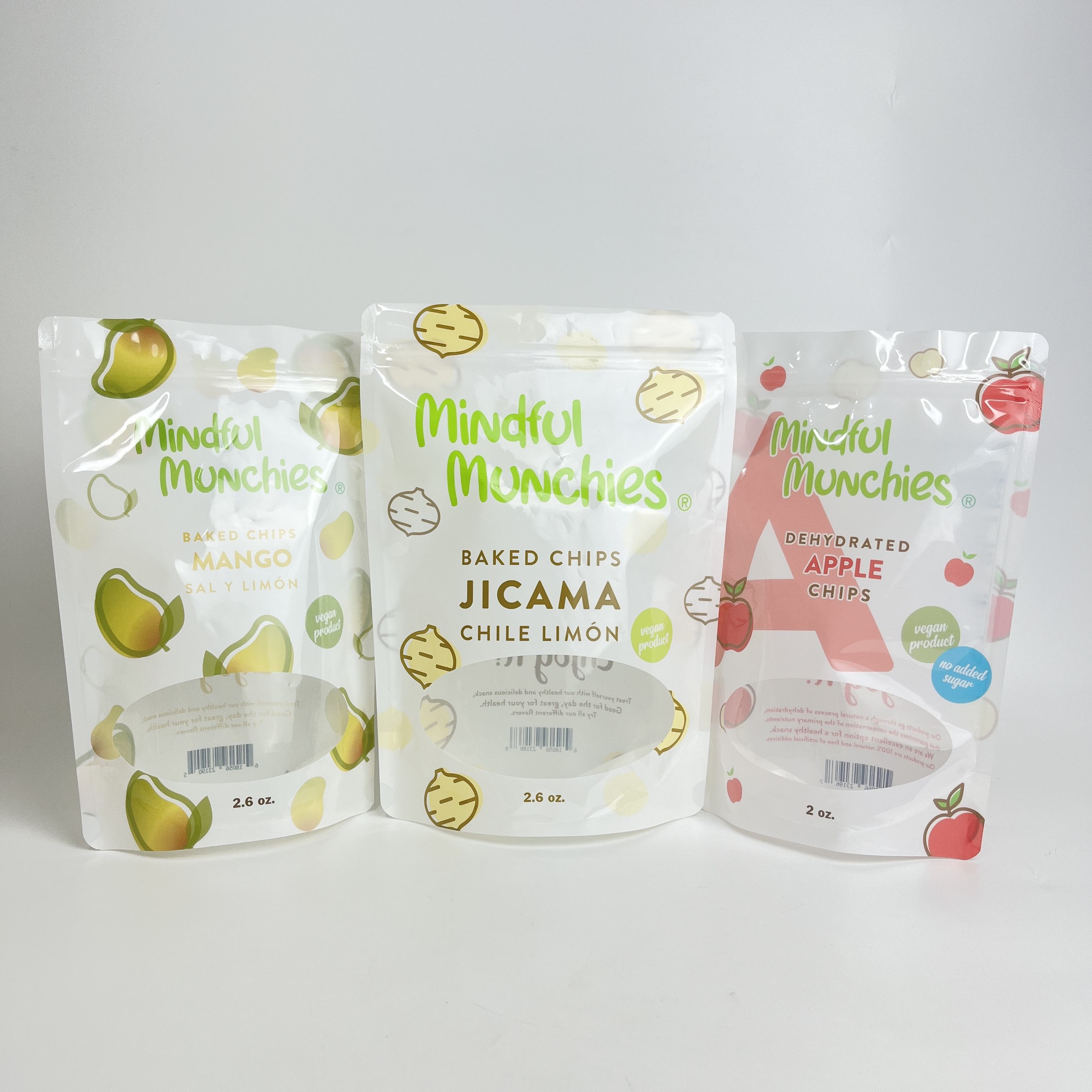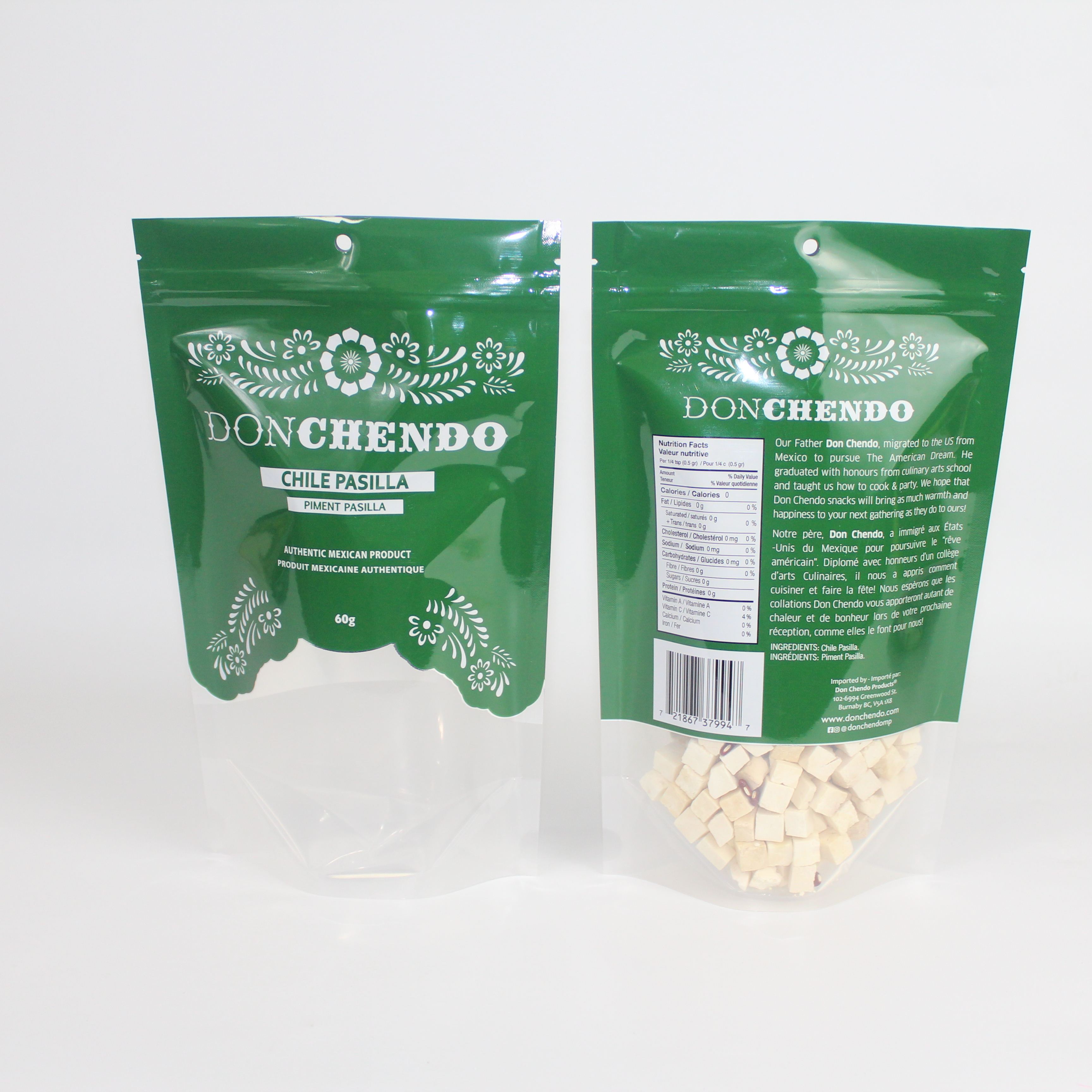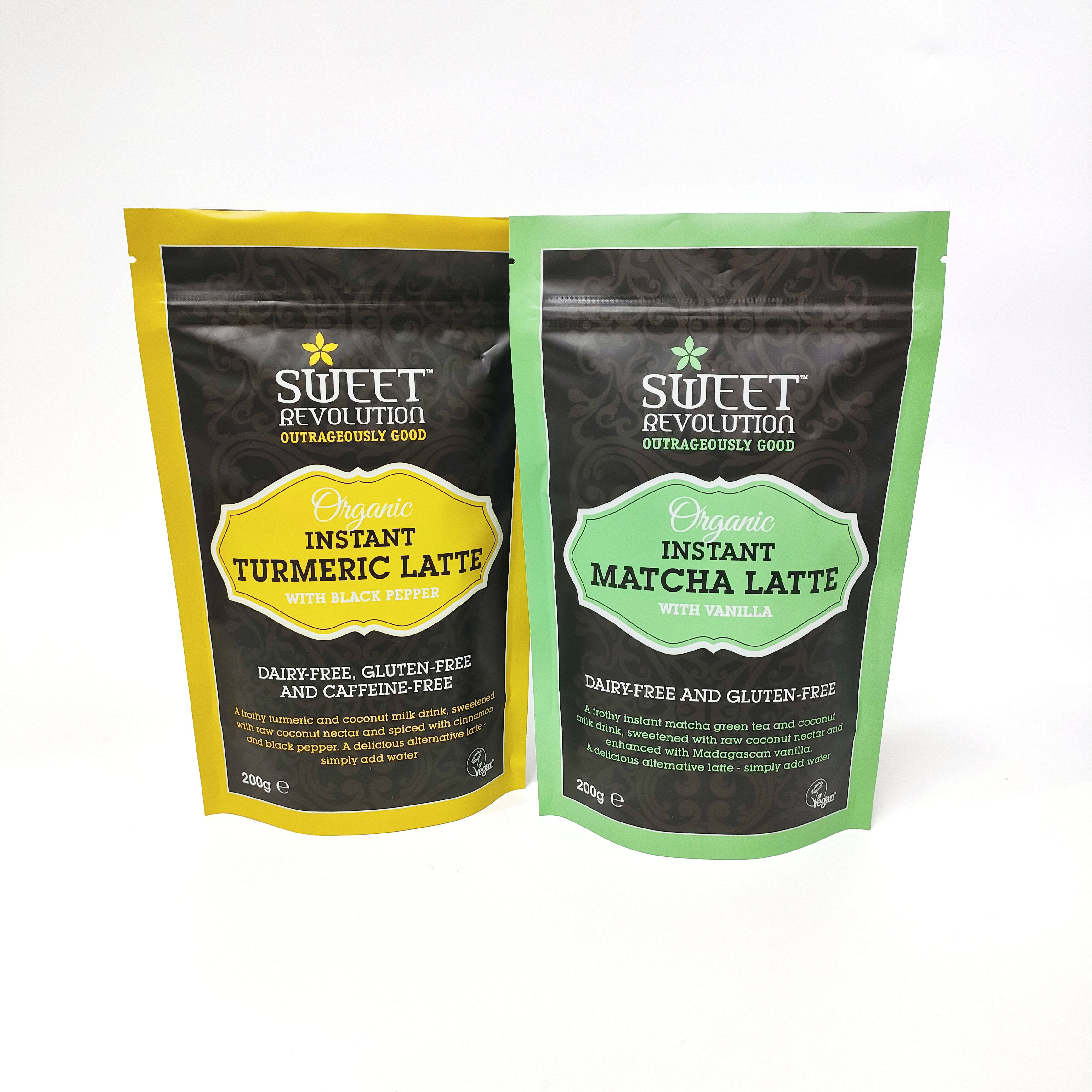Nowadays, people are very concerned about their health. Some people often see news reports that some people who eat takeout for a long time are prone to health problems. Therefore, now people are very concerned about whether plastic bags are plastic bags for food and whether they are harmful to their health. Here are a few ways how to distinguish between plastic bags for food and ordinary plastic bags.
It is convenient to use plastic bags for food and other things. Currently, there are two types of plastic bags on the market, one is made of materials such as polyethylene, which is safe and can be used to package food, and the other is toxic, which can be harmful to food packaging and can only be used for general packaging.
Bags for packaging food are generally known to us as food-grade bags, for which there are more stringent and high standards for their materials. We commonly used food-grade material is generally non-toxic, environmentally friendly film as the main material. And different raw materials have different characteristics, so we have to choose according to the characteristics of the food itself at the time of manufacture.
What kind of plastic bags are food grade?
PE is polyethylene, and PE plastic bags are food grade. PE is a kind of thermoplastic resin made of ethylene through polymerization. It is odorless and non-toxic, and has very good low temperature resistance (the lowest operating temperature is -100 ~ 70℃). It has good chemical stability, acid and alkali resistance, and is insoluble in common solvents at normal temperature. It has excellent electrical insulation and low water absorption. Food-grade plastic bags are generally divided into ordinary food packaging bags, vacuum food packaging bags, inflatable food packaging bags, boiled food packaging bags, boiled food packaging bags, functional food packaging bags and so on, with various materials. Common food-grade plastic bags include PE (polyethylene), aluminum foil, nylon and composite materials. Food-grade plastic bags have some common characteristics in order to ensure that food is fresh and free from diseases and rot. One is to completely block organic solvent, grease, gas, water vapor and so on; The other is to have excellent permeability resistance, moisture resistance, cold resistance, heat resistance, light avoidance and insulation, and have beautiful appearance; The third is easy forming and low processing cost; The fourth is to have good strength, plastic packaging bags have high strength performance per unit weight, are impact resistant and easy to modify.
Food plastic bags and ordinary plastic bags to identify the method
Color viewing method, safety plastic bags are generally milky white, translucent, this plastic will feel lubricated, feel as if the surface is wax, but the color of toxic plastic bags are generally hamster yellow, feel a little sticky.
Water immersion method, you can put the plastic bag into the water, wait a while to let go, will find sunk in the bottom of the water is toxic plastic bags, the opposite is safe.
Fire method. Safe plastic bags are easy to burn. When burning, they will have a blue flame like candle oil, there is a smell of paraffin, but very little smoke. And toxic plastic bags are not flammable, the flame is yellow, burning and melting will pull out the silk, there will be an irritating smell like hydrochloric acid.
Smell method. Generally speaking, safe plastic bags do not have any unusual odor, on the contrary, there is a pungent, nauseating smell, which may be due to the use of other additives or poor quality.
Post time: Oct-21-2022

